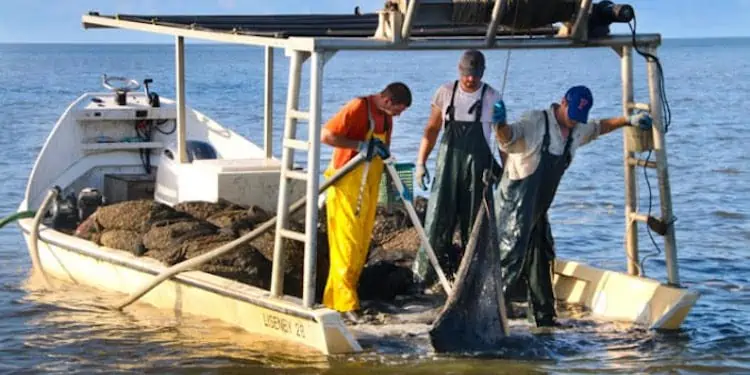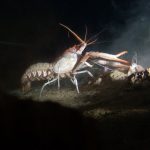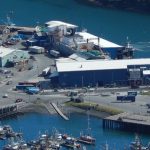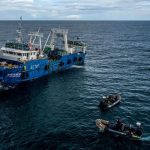All Clams on Deck, a Gulf Coast a five-year, restoration initiative project within three Florida estuaries – Tampa Bay, Sarasota Bay & Charlotte Harbor has been launched by The Gulf Shellfish Institute. The aim is to boost the shellfish industry, generate jobs, clean water and provide more local seafood.
Commercial aquaculture clamming has been growing steadily in Florida, although its west coast has seen increased development and pollution stress affecting antiquated wastewater systems, causing a release of inadequately treated water into rivers and streams. This includes water runoff from storms carrying nutrients across fertilised lawns and paved surfaces. All this water eventually ending in one place – the Gulf of Mexico – harming an already fragile ecosystem.
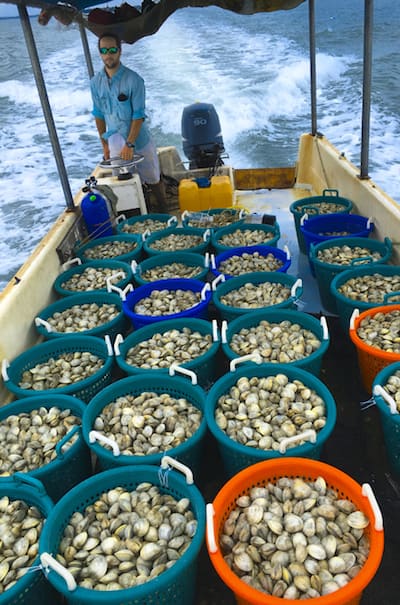
‘The health of Florida’s aquatic assets is important to the state’s future and is critical to its economy,’ said Ed Chiles, founding member of All Clams on Deck and vice president of Gulf Shellfish Institute.
‘We are seeking support from federal and state government, as well as individuals, to restore 650 acres in three Gulf Coast national estuaries native to seagrass and clams. Coastal waters need support now so that future generations can benefit.’
Clams and seagrass play a significant role in cleaning water, removing excess nutrients, and promoting healthy estuaries. Both clams and seagrass cleanse the water by filtering out chemicals, pathogens and bacteria.
This five-year, science-based demonstration project aims to provide large-scale proof of concept that will increase clean water and mitigate nutrients as well as create jobs and advance sustainable aquaculture. With less than 1% of the state’s million acres of shellfish-approved waters currently leased, there is great potential for growth of this environment- friendly industry.
‘Over the next 3-5 years of this model project the All Clams on Deck initiative will concentrate on restoration,’ said Ed Chiles, who also serves on the Gulf Seafood Foundation board.
‘It will prove out the science needed to be able to score bivalves for reducing internal nutrient loading. The innovative ground-truth science will be used to quantify large-scale water quality improvements and benefits to seagrass communities.’
Researchers at the non-profit Gulf Shellfish Institute say increasing the capacity of Florida’s shellfish aquaculture industry, for food or water quality purposes, will generate jobs, clean water and provide more local seafood. It is requesting $15,000,000 in federal funding and $2,500,000 from state funding, that will provide the framework and resources necessary for a team of industry experts, managers, and scientists to implement planting efforts, evaluate the environmental response and demonstrate the comprehensive impacts of the clams and seagrass.
‘The great news is the State of Florida has included $2.5M for clams and seagrass restoration in the budget for 2022 Legislative Session House Bill 5001,” Ed Chiles explained.
‘The budget will soon be sent to Florida governor DeSantis for his consideration. It is imperative that we show our immediate support for this legislation and ask him for his support on this appropriation.’

